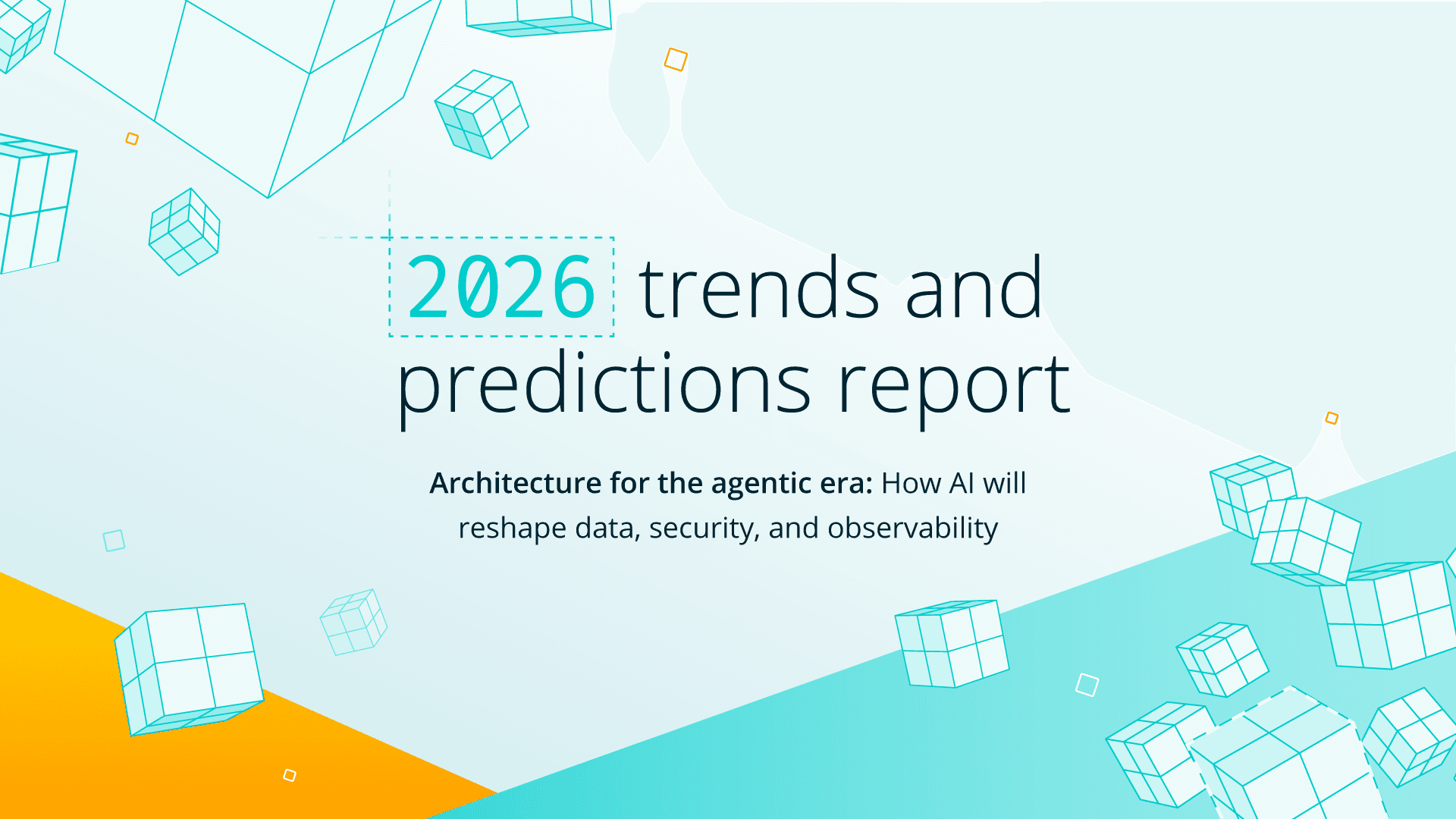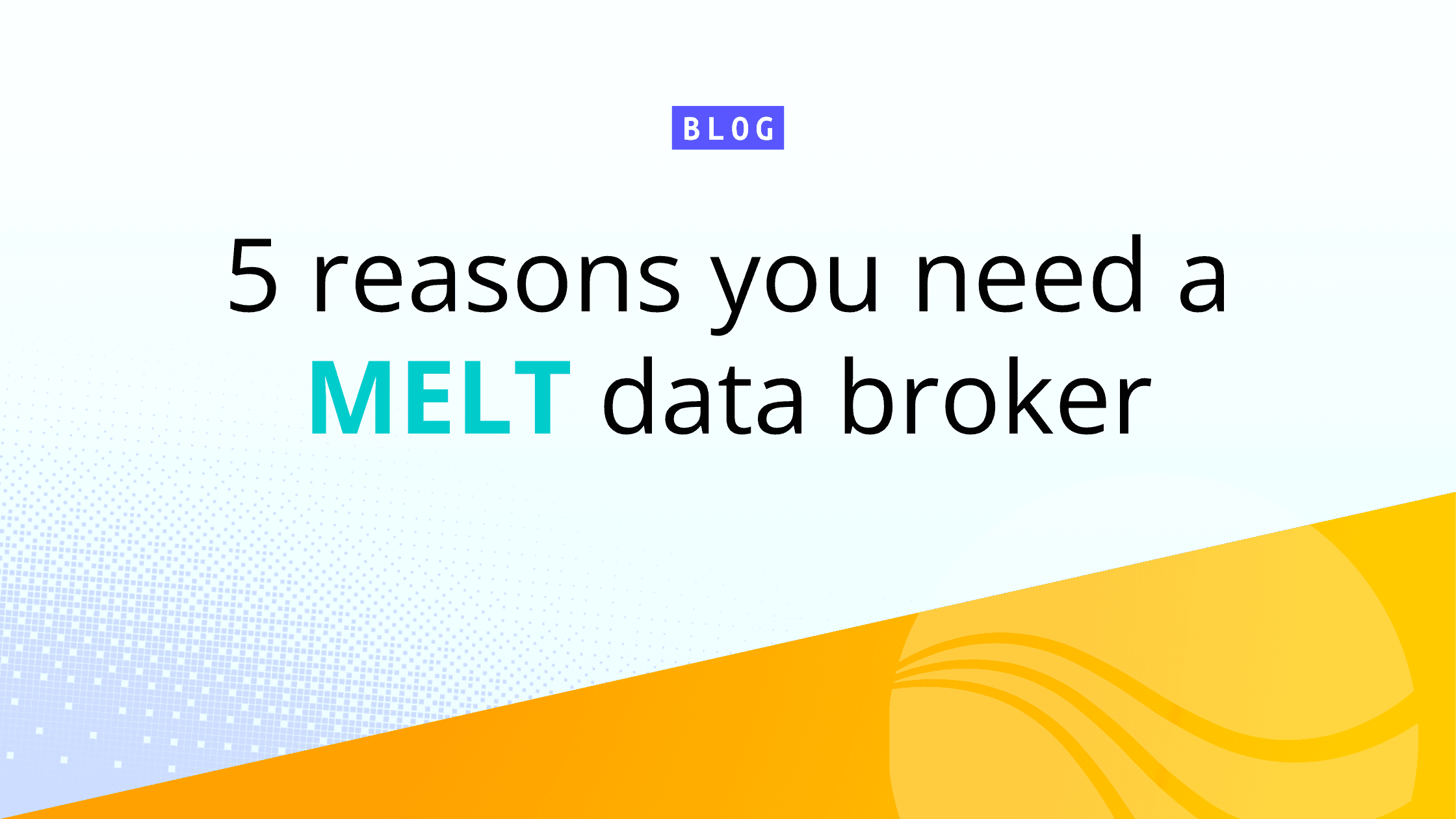As AI agents move from copilots to autonomous systems, they’re generating and consuming data at unprecedented scale. The result is a new kind of infrastructure pressure — one that’s quietly reshaping how organizations think about data, cost, and control.
Across IT, Security, and Observability, leaders are realizing a hard truth: too much data is too costly.
Budgets can’t keep pace with AI-driven data growth, telemetry pipelines are buckling, and legacy observability stacks are nearing their limits. Meanwhile, the rise of AI in security and operations introduces fresh risks — new attack surfaces, opaque decision-making, and the potential for systemic failures when data architectures can’t scale.
A pivotal moment for data leaders
2026 marks a turning point.
The enterprise data layer — the systems that move, monitor, and secure information — must evolve to support agentic AI: intelligent, autonomous systems capable of acting on data in real time.
But to get there, leaders will need to solve for three interconnected challenges:
Economic pressure — balancing AI innovation with exploding infrastructure costs.
Security exposure — protecting AI-driven pipelines from manipulation and misuse.
Architectural fragility — modernizing data systems designed for a pre-AI world.
Why this report, and why now
Our 2026 trends and predictions report explores how these forces will redefine the economics, security, and architecture of data.
Drawing from leading research, analyst insights, and expert perspectives, the report examines:
How AI-driven telemetry growth will disrupt IT and security budgets.
Why agentic AI will blur the lines between observability and defense.
And what new architectures will be required to stay resilient as data, cost, and risk converge.
This is more than a look ahead — It’s a call to action for leaders preparing to operate at AI scale.
Read the full report to discover where AI is taking enterprise data next — and what it will take to build architectures ready for the agentic era.







